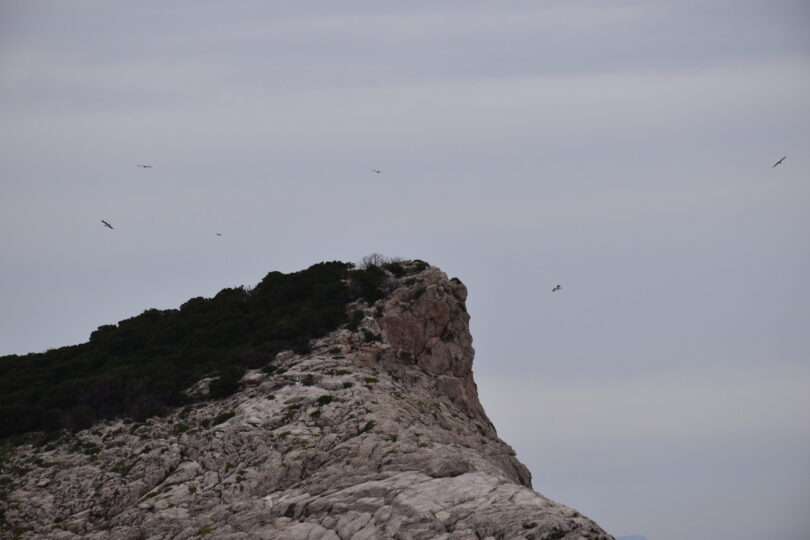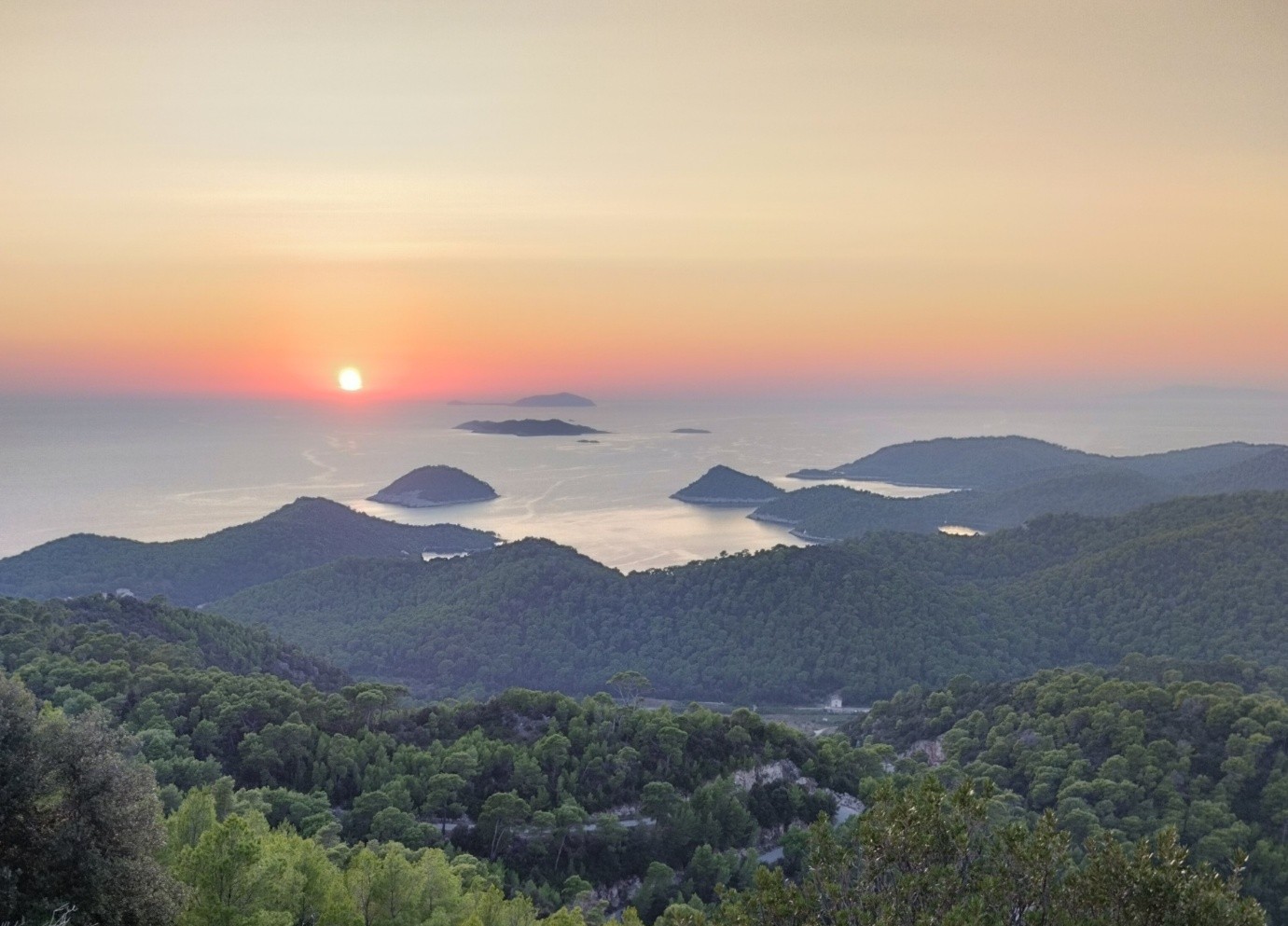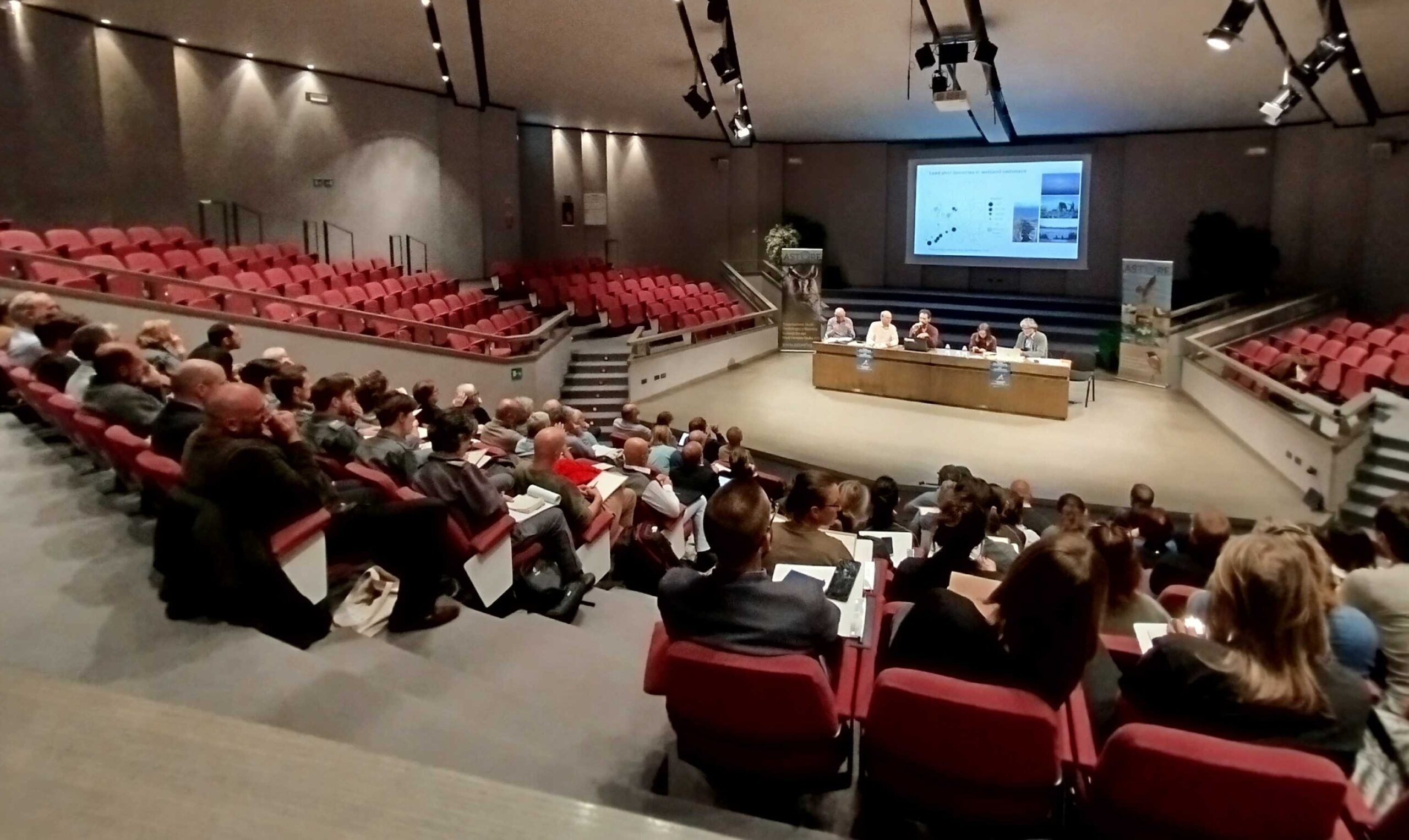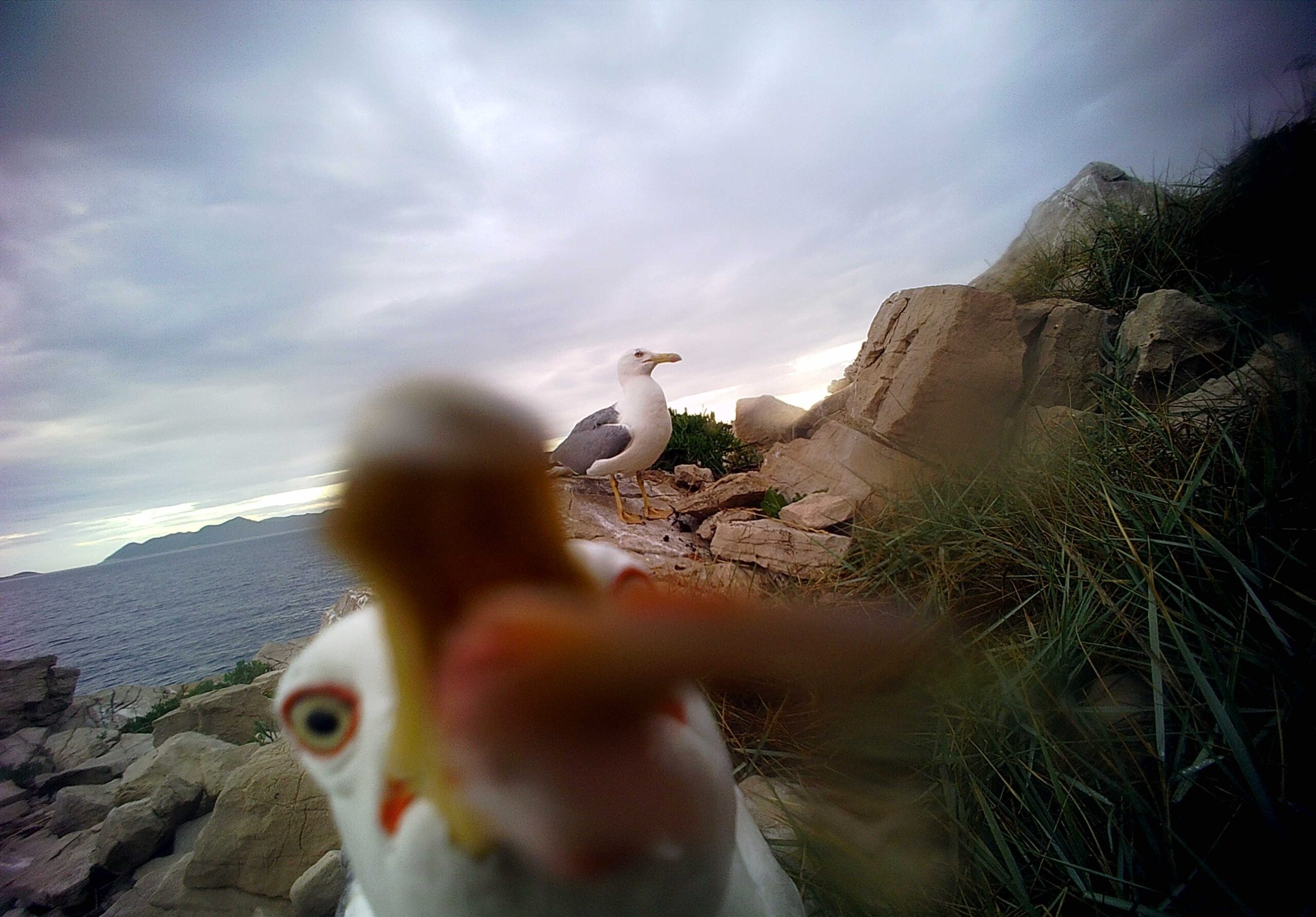Between the 14th and 18th of October, BIOM organized fieldwork on the Vis Archipelago as part of the LIFE TETIDE project. The team consisted of Sven Kapelij, Matija Vodopija, and myself, ESC volunteer Zulfu Farajli.
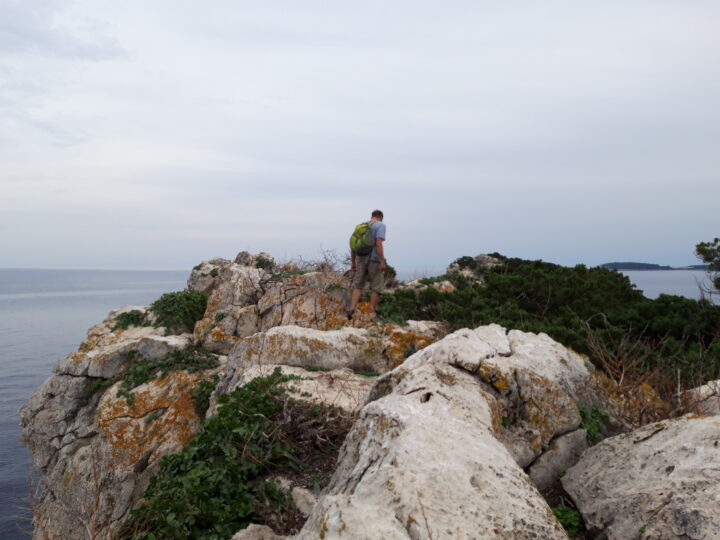
The LIFE TETIDE project focuses on preserving Mediterranean islands (in Italy, Malta, and Croatia), with a wide geographical scope and high catalytic potential. The project aims to safeguard these ecosystems from invasive alien species (IAS), particularly rodents and plants, through biosecurity measures to prevent reinvasion. Building on the experiences of previous LIFE projects, the initiative seeks to manage these invasive species while enhancing seabird populations and encouraging greater community involvement in island conservation.
As an ESC volunteer, I’d like to share my experience during this trip. Our work involved visiting the Svetac (Sveti Andrija) islands, Biševo, Greben, and Jabuka to carry out biosecurity measures against invasive black rats. Alongside the challenging work in difficult terrain, I had the opportunity to explore the breathtaking landscapes of the archipelago and appreciate its rich biodiversity.
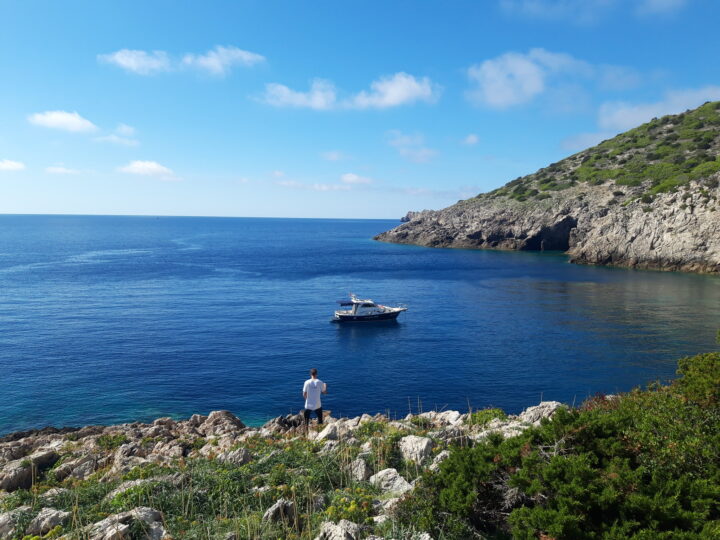
In addition to the “typical” Mediterranean birds, such as Yellow-legged Gulls and European Shags, the archipelago is home to Croatia’s largest colony of Eleonora’s Falcons. This remarkable bird of prey is unique due to its late breeding season, which coincides with the autumn migration of passerines. We witnessed this firsthand on Svetac Island, as flocks of linnets, skylarks, and goldcrests (one of Europe’s smallest birds) arrived, trying to avoid the falcons soaring above, waiting to hunt.
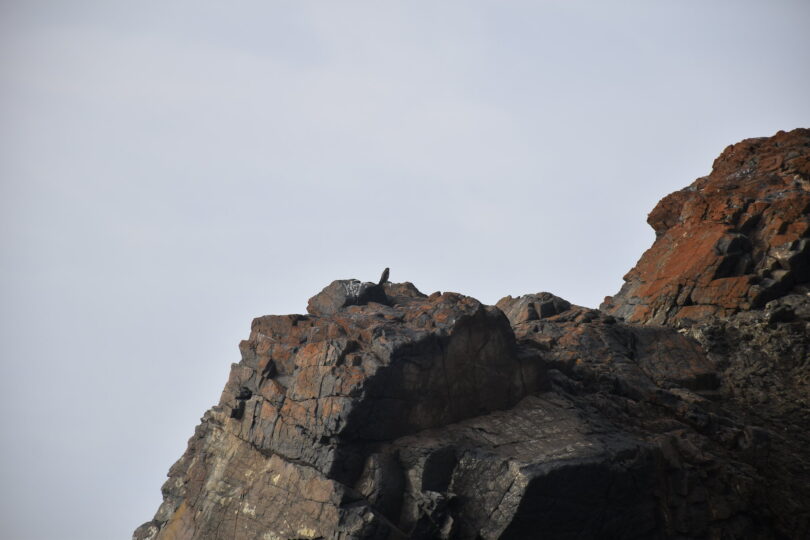
But the islands’ biodiversity isn’t limited to birds. One of the fascinating aspects of these islands is their reptile endemism. The archipelago is home to the “dark variety” of the Dalmatian wall lizard, which can be entirely black, basking and shimmering under the Mediterranean sun. At times it seemed like there were surprises to be found beneath our very footsteps as we encountered a migratory locust on Svetac and hordes of littoral isopods on the far-flung shores of Jabuka.
One of the most striking landscapes we encountered was on Jabuka Island, known for its volcanic origins. Unlike the other islands in the archipelago, Jabuka stands out due to its unique coloration, a result of the high metal content in its volcanic rock. According to the information I found online, this metal density can even cause sailors’ compasses to malfunction, giving rise to numerous legends. Also due to its iron-rich rock, Jabuka is frequently struck by lightning. It is also said that the deep waters surrounding Jabuka, some of the deepest in the Adriatic Sea at 260 meters, are home to different sharks.
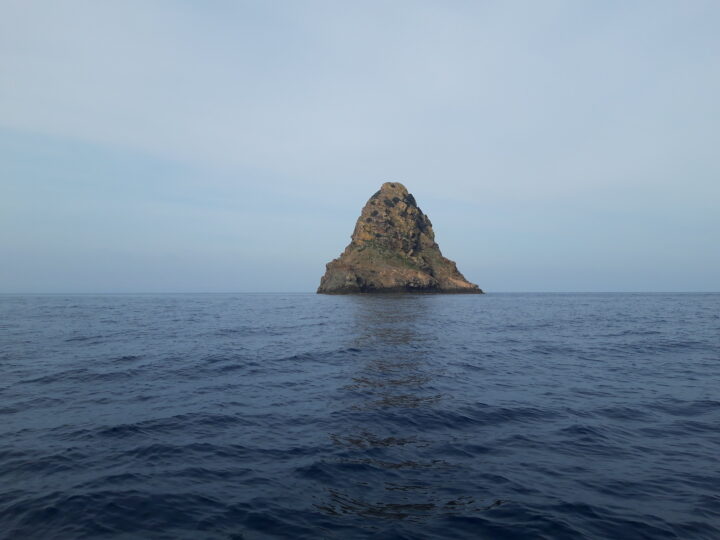
The remoteness of these islands has kept human disturbance to a minimum for long periods of time, allowing biodiversity to flourish. However, in more recent times the invasive black rats we’ve brought to these distant landscapes threaten that balance. Rats are known to affect the breeding season of many seabirds, lowering breeding success rates while predating the birds’ nests. Therefore sustained efforts in controlling the populations of these rats are crucial in ensuring that the rocky outcroppings of these islets remain wild and vibrant for future generations.
